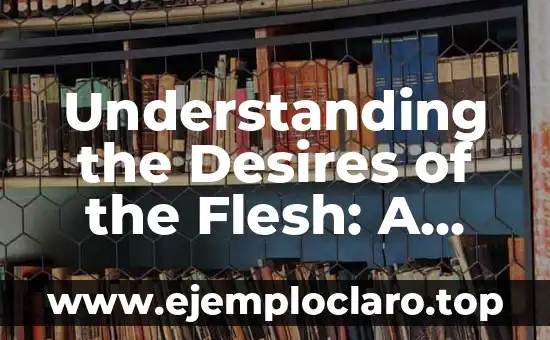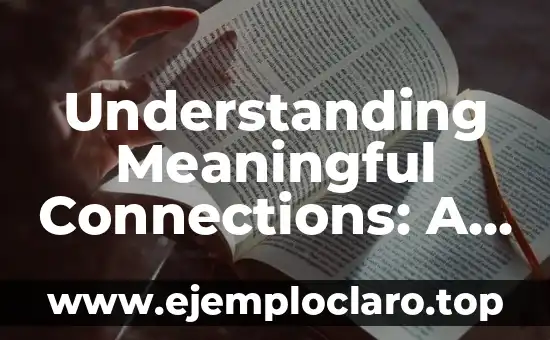Espousals, often referred to as betrothal, signify a promise or engagement to marry. This article explores the concept, its historical roots, cultural significance, and modern implications, providing a comprehensive understanding of this meaningful ritual.
What Are Espousals?
Espousals are a formal promise or agreement between two individuals to marry, often involving family and societal recognition. This commitment is a precursor to marriage, historically marked by rituals and sometimes legal steps.
*Additional Fact:* In medieval Europe, esponsales were legally binding, requiring a formal ceremony and sometimes a written contract.
The Promise of Union: Understanding the Concept
The promise of union, or esponsales, is a cultural and often religious ritual symbolizing commitment. It involves mutual consent and is celebrated with specific customs, reflecting the societal importance of marriage.
Examples of Espousals in History and Culture
– Ancient Rome: Patrician families used esponsales to secure alliances, involving gifts and public vows.
– Jewish Tradition: The betrothal, or kiddushin, is part of the marriage process, often with a ceremony and contract.
– Modern Practices: Some couples today combine traditional elements with personal touches, such as exchanging rings or vows.
The Engagement Ritual: A Key to Commitment
The engagement ritual, or esponsales, is a symbolic initiation of a lifelong commitment. It often includes exchanging rings, a gesture of fidelity, and is celebrated with family and friends, marking the beginning of the wedding journey.
Significado de Esponsales: 5 Key Aspects
- Historical Context: Originating in ancient times, esponsales were crucial for social and economic alliances.
- Rituals: Ceremonies often include vows, ring exchanges, and blessings.
- Cultural Variations: Practices differ across cultures, reflecting local customs and beliefs.
- Legal Implications: Historically, esponsales were legally binding, though modern practices vary.
- Modern Practices: Couples personalize esponsales, blending tradition with personal style.
The Ceremony of Commitment
This ceremony is a solemn promise between two individuals, marking their intent to marry. It’s a time for celebration and recognition of their commitment, often with family involvement.
What Is the Purpose of Espousals?
Espousals serve to publicly declare intent to marry, providing a foundation for the relationship. It’s a step towards marriage, fostering commitment and societal recognition, and is often a cherished moment for couples.
Betrothal: Understanding the Concept
Betrothal, another term for esponsales, is a formal agreement to marry, involving mutual consent and public affirmation. It highlights the transition from courtship to a committed partnership.
The Pre-Marriage Pact
This pact, or esponsales, is an agreement outlining the terms of the future marriage, including property and inheritance, ensuring clarity and security for both parties.
The Meaning of Espousals Explained
Espousals represent a commitment to marry, involving mutual promises and societal recognition. It’s a significant step, deeply rooted in cultural and historical contexts, symbolizing loyalty and dedication.
Where Does the Word Espousals Come From?
The term esponsales has Latin origins, from sponsalia, meaning betrothal. It has evolved in usage, reflecting changing societal norms and marriage practices over centuries.
Betrothal: A Detailed Explanation
Betrothal, or esponsales, is a formal engagement to marry, involving rituals and public declarations. It’s a meaningful step, celebrated differently across cultures, symbolizing the couple’s commitment.
How Are Espousals Celebrated?
Celebrations vary widely, from intimate gatherings to grand ceremonies. They often include rituals like ring exchanges, public vows, and blessings, marking the couple’s journey towards marriage.
Using Espousales in Modern Contexts
Today, couples personalize esponsales, blending traditional elements with contemporary practices. It remains a meaningful step, symbolizing commitment and the beginning of a new chapter in their lives.
INDICE






